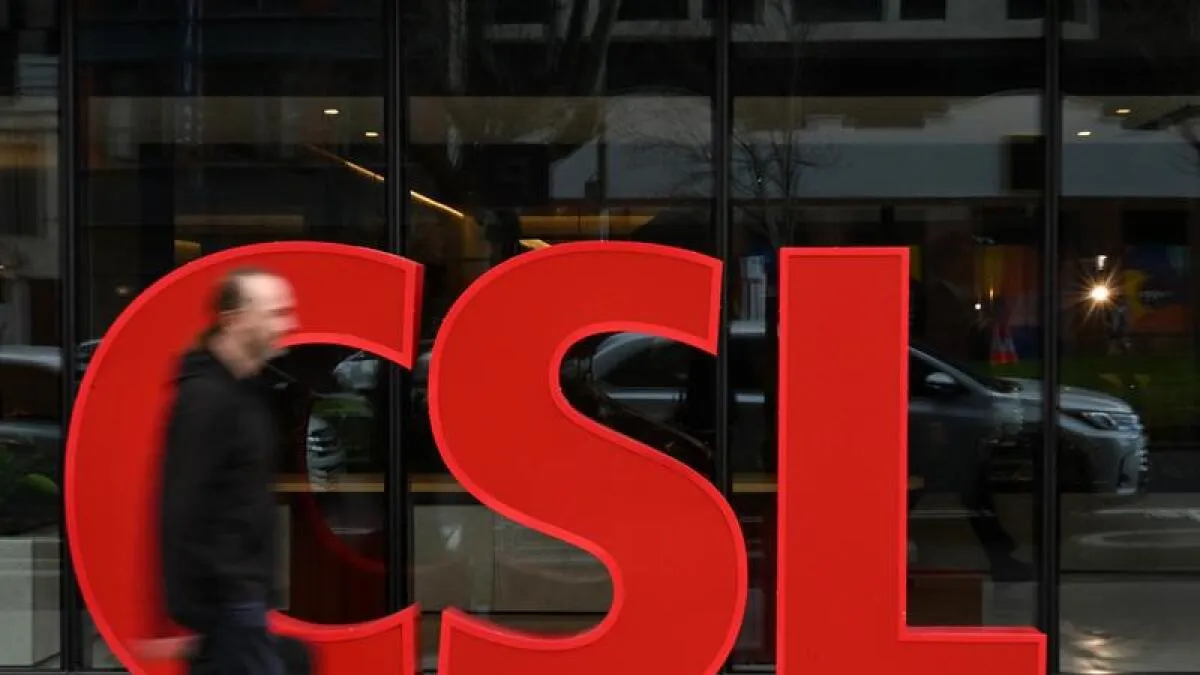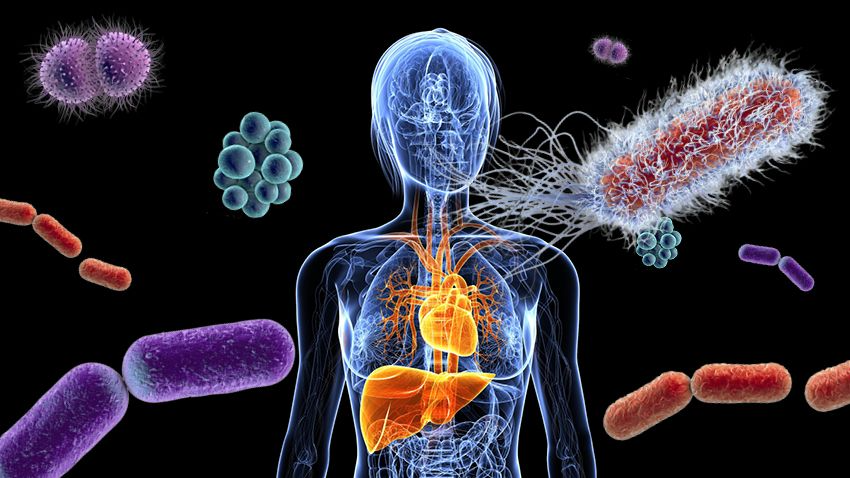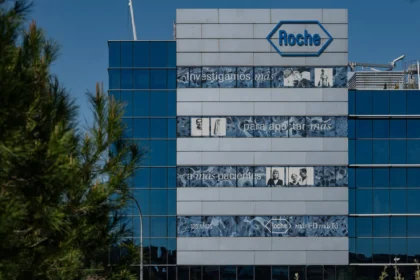Australia’s CSL Ltd has made headlines with a bold biotech move: it’s put down US$117 million upfront for exclusive option rights to acquire Dutch biotech firm VarmX pending success in a Phase 3 trial of its drug candidate, VMX-C001. The goal? A treatment that could rapidly restore blood clotting in patients on anticoagulants who face medical emergencies. It’s a high-stakes bet, with global implications, especially in settings where bleeding risks are high. (Reuters)
What VMX-C001 Aims to Do
Many patients take anticoagulants (blood thinners) to reduce risk of stroke, heart attack, or deep vein thrombosis. But when there’s severe bleeding say surgery, trauma, or internal bleeds these drugs turn into a serious liability. VMX-C001 is being designed to reverse or mitigate that risk by restoring coagulation, particularly for patients using Factor X inhibitors, a common class of blood thinners. The Phase 3 trial will test effectiveness, safety, and speed of response in emergency scenarios.
Why This Deal Matters for CSL (and Australia)
CSL has weathered layoffs, restructuring (including spinning off its vaccine arm) and market pressures lately. This partnership signals strategic refocus: high-impact emergency medicine, rather than incremental therapies. If VMX-C001 succeeds, it could become a major export for Australian biotech. It also aligns with the global trend toward fast-action treatments that can turn critical care into survivable outcomes.
Global Need & Market Potential
Anticoagulant usage is widespread globally, especially among elderly populations and those with cardiovascular disease. Some statistics estimate hundreds of thousands needing emergency intervention annually due to bleeding complications. In many countries, antidotes exist but are expensive, limited, or slow. A more effective, fast-acting drug could save lives, reduce volume of surgeries, and cut costs in emergency healthcare settings. VMX-C001 could fill a gap, especially in lower-resource environments.
Trial Timeline & Financial StakesThe agreement gives CSL the option to acquire VarmX following results from the Phase 3 study. If milestones are met including successful trial data and regulatory approvals VarmX stands to receive up to US$388 million, plus additional payments upon commercial launch, targeted around 2029. That’s a lot riding on trial success, safety profile, and regulatory clearances. For CSL, regulatory alignment (e.g. U.S. FDA, European EMA) will be crucial.
Risks & What Could Go Wrong
Every drug in development carries risks. VMX-C001’s potential adverse effects (over-clotting, immune responses, off-target effects) must be carefully monitored. Emergency medicine requires fast action, but also high safety standards. Regulatory delay or trial failure could cost a lot. CSL’s recent financial and structural turbulence means investment must deliver or risk public and investor critique. Also, pricing and access will be under the microscope this kind of product can be lifesaving, but only if people can afford it and healthcare systems adopt it.
Implications for Biotech Sector & Patients
This deal could reshape how biotech and emergency medicine interact. It suggests that companies are increasingly willing to fund high-risk, high-reward therapies rather than incremental improvements. For patients, it means more hope for conditions that current standard treatments struggle to manage. For global health, success here could signal new directions: rapid-action pharmacology, better preparedness for surgical complications, or even trauma care in disaster zones.
My Take
This is the kind of biotech deal that feels like it could make a real difference. “Normal” therapies are essential, but life-saving emergency drugs especially for people already on blood thinners are urgently needed. CSL’s move is risky, yes, but bold in a way that biotech needs right now. If VMX-C001 proves effective, Australia will have one more major biotech win. If not, the failure will be expensive but even a setback will teach valuable lessons for bleeding-control medicine. I’m watching closely: this could be one of those moments where emergency medicine gets knocked into a new era.






